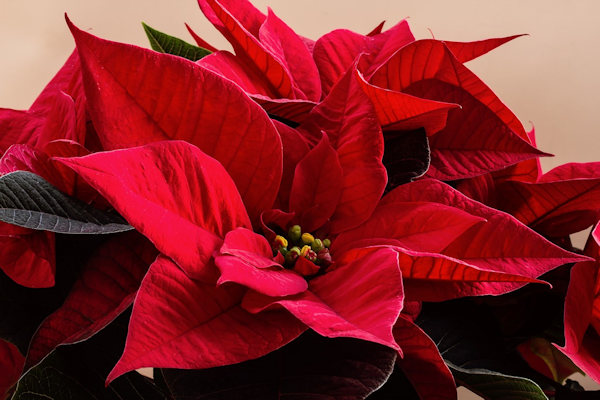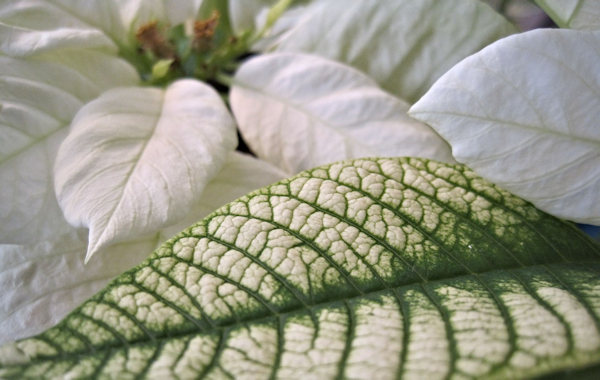How to care for a Poinsettia plant

Poinsettia plants are one of the most popular indoor plants to buy at Christmas time. Originating in Mexico, this plant will begin to flower from November through until January.
Often mistaken for flowers, the colourful ‘bracts’ on the poinsettia plant are in fact a modified leaf. The flowers on a poinsettia can be found in the centre of the bracts, yellow in colour and round in shape, these are known as cyathia.
Their true red ‘bracts’ paired with deep green leaves make for the perfect addition to any Christmas display, though they can also be found in delightful shades of pink or whites to suit any colour scheme.
This seasonal plant can be tricky to look after, but with the help of our guide, you will have all the tips and tricks to making the most from your festive poinsettia plant.
Growing poinsettias
Poinsettias are known for being a little tough to care for, which may put some people off when looking to buy one. Knowing a few simple tricks to help care for them can help keep them alive and thriving. Here is what we recommend:
- Keep the plant in bright, indirect light
- Always place your poinsettia somewhere warm and away from possible draughts. The optimum temperature for these plants is between 13-15 degrees Celsius.
- Mist the leaves and bracts (colourful leaves) often to maintain moisture.
- Feed monthly with a high potassium plant feed, such as tomato feed.

Caring for poinsettias after Christmas
With a little care and maintenance, your poinsettia can flower the following Christmas to be enjoyed again. Though they can be a little temperamental, with some simple instructions to follow, your poinsettia can come back better than ever.
1. In spring, cut your poinsettia back to roughly 10 cm tall, and keep in a warm place.
2. At the start of summer, take your poinsettia and replant into a container 3 cm wider than the current pot. Using a peat free, well-draining houseplant soil is best.
3. Place your plant in a warm, draught free spot and leave until the winter
4. During November, you will want to mimic shorter daylight hours. You can do this by moving your plant to a dark room for 12 hours of the day and to eliminate any artificial light exposure.
5. Once the bracts begin to turn red, this should be in December, you can move your plant to a permanent spot in your home. This should be somewhere with good natural light and no possible draughts.








